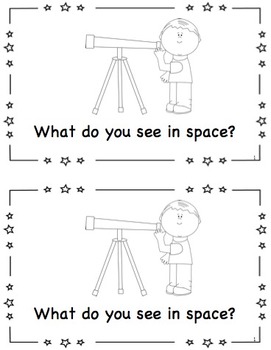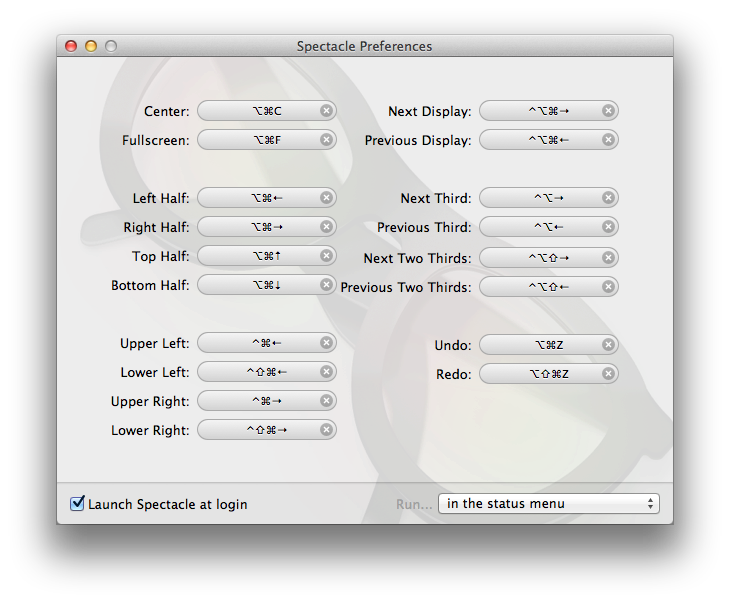Most of them are smart and handy, take up little space on your Mac, and have a simple interface. Read on to find out the most suitable app for your needs. If you to need not only analyze your Mac’s storage space, but clean up it as well, there is another suitable app for you - Disk Expert.
NASA.gov brings you images, videos and interactive features from the unique perspective of America’s space agency. Get the latest updates on NASA missions, subscribe to blogs, RSS feeds and podcasts, watch NASA TV live, or simply read about our mission to pioneer the future in space exploration, scientific discovery and aeronautics research. May 19, 2020 List of the Best 5 Free Disk Space Analyzers for Mac. Sometimes the Mac shows a message on the monitor saying that there is not enough disk space Mac available on the computer. A Mac disk space analyzer is a tool that helps in finding how to free up disk space on Mac.
However, if you definitely want a vertical standing CAC reader for desk usage, the V2 is the way to go. It has a good review score and the cost is only slightly higher than the V1. This small price increase is worth paying to get a good quality vertical standing CAC reader for Mac desk use. Best CAC Card Readers For Mac – Portable Use. The BASEQI microSD adapter is designed to slip into the SD card slot of your MacBook Pro allowing you to use it as extra storage space of up to 256 GB. Unlike a normal SD card or microSD card adapter, the BASEQI will sit flush with the edge of your MacBook Pro, meaning you don't have to worry about losing it. Just plug it in and forget about it.
The People, Place, and Space Reader developed from conversations between Jen Jack Gieseking and William Mangold when they began teaching undergraduate courses drawing upon readings and discussions they had with Cindi Katz, Susan Saegert, and Setha Low during their time in the environmental psychology program at The Graduate Center of the City University of New York (CUNY). Jen Jack and William were surprised that no text captured the cross-disciplinary and socially engaged work with which they had become familiar. Further discussion brought the editors of this book together in order to share the resources and scholarship that informs our interdisciplinary field.
There is no volume that draws as widely as the one you are now reading, and, as Susan describes below, it has been decades since the last reader on this material was compiled. In the time since the publication of these previous anthologies in the 1970s, Susan, Cindi, and Setha honed the core courses with the faculty of the environmental psychology program to present a dynamic and critical understanding of space and place. Through this effort certain topics such as home, urban experience, and public space remained significant, while other concepts emerged or challenged previously held ideas about nature or the way in which spaces are socially produced. As an outgrowth of that work, we feel that this book represents a fresh gathering of ideas and the beginning of a renewed conversation on these themes. Peopleplacespace.org extends the work of the reader even further by providing an on-going series of Further Recommended Reading lists that cover issues ranging from food security to foreclosure, psychiatric spaces to the environments of predator animals.
The People, Place, and Space Reader brings together the writings of scholars, designers, and activists from a variety of fields upon which we draw in our teaching and research to make sense of the makings and meanings of the world we inhabit. They help us to understand the relationships between people and the environment at all scales, and to consider the active roles individuals, groups, and social structures play in creating the environments in which people live, work, and play. These readings highlight the ways in which space and place are produced through large- and small-scale social, political, and economic practices, and offer new ways to think about how people engage the environment in multiple and diverse ways. People, Place, and Space provides a road- map for thinking about these concerns, offering guides for some familiar paths while charting new routes to recognizing and heralding differences in perception, experience, and practice that traverse disciplinary boundaries, period, and location. Emphasizing interdisciplinarity, The People, Place, and Space Reader provides multiple entry points to join these conversations about what may seem to be quite disparate works and conceptual worlds.
From the all-in-one solution of disk space analyzers to macOS’ own built-in offering, we’ve found the best ways to keep your system in tip-top condition.
How to check disk space on Mac
Most of the things that take up disk space on Mac can’t be seen from a top-level overview, but it’s worth keeping a close eye on how much space you have available. You can do this by clicking on the Apple icon in the top-left corner of the screen and selecting “About This Mac.” Select “Storage”, and you’ll see where space is being taken up.
If disk space is at a premium, turn to the following apps to get rid of the things you no longer need, using a Mac disk cleanup. Disk space analyzers are fantastic tools for finding out what is taking up so much space on my Mac.
Before you take action, ensure none of your files will disappear when you clear disk space. Download Disk Drill for free and stop worrying.
Free Download on SetappHow to clear disk space on Mac
1. Clear disk space on Mac with CleanMyMac X
CleanMyMac is the go-to disk space analyzer for over three million people worldwide, particularly for those who want to know how to free up space on your Mac?

And for good reason — it does all the heavy-lifting for you, leaving you with the simple task of clicking a single button to free up space. The app uses a “Smart Cleanup” feature to perform a deep scan of your Mac, analyzing the System, Large and Old Files, Mail, iTunes, Photos, and Trash bins, freeing up 64GB of space on average. Without an effective disk cleanup Mac, you could end up with too much junk taking up too much space.
Using the CleanMyMac Dashboard, you can check the disk space and free up RAM, ensuring your Mac runs smoother and faster.
How to make free space on Mac with CleanMyMac
Adobe Reader For Mac
The simplicity of CleanMyMac is its outstanding feature. To clear disk space, all you need to do is:
- Launch CleanMyMac X (download it for free here).
- Click on Smart Cleanup from the sidebar menu.
- Click on Scan and then Clean.
That’s it!
In the sidebar menu, there are options to scan and clean applications individually using the same “Scan” and “Clean” method.
2. Clean up duplicate disk folders on Mac with Gemini
Duplicate files such as edited documents, photos, or Photoshop files can accumulate rapidly. But they’re hardly ever needed. Rather than trawl through your system trying to perform a disk cleanup manually or risking the loss of potentially useful files in a blanket cleanup, use Gemini to find and delete files safely.
Like CleanMyMac, Gemini has its own “smart” scan and cleanup feature to speed up the process. The app works through your photos, iTunes, documents, and files to find duplicates that can be removed. It also picks out similar files that probably don’t warrant two copies.
Everything that Gemini finds is placed in a neat interface where you can examine individual files to decide which to keep and which to purge. If something is deleted in error, you’ll still be able to find it in amongst recently deleted files for quick restoration.
Space Reader For Mac Advantage Load Software
3. Visualize disk space with Disk Drill
Top 5 seo tools software. “The storage option is useful, but what is really taking up space on my Mac?”
Disk Drill can see how to check disk space on Mac.
Disk Drill does exactly what its name suggests: drills down into your disk to analyze and help you visualize what’s hogging space. From a familiar Mac-like interface you can delve into files and delete anything that isn’t needed in a few clicks.

There’s also a useful feature that lets you clean up local folders that are synced with your Google Drive or Dropbox accounts, as well as the ability to identify and remove duplicate files à la Gemini.
If you want to keep a close eye on system performance and carry out a Mac disk cleanup as soon as available space is under threat, Disk Drill includes a feature called S.M.A.R.T. Once enabled, S.M.A.R.T monitoring tracks space, performance, and drive temperature from an icon on your desktop.
4. Use macOS Sierra’s Optimized Storage to see what is taking up space on your Mac
Finally, to make sure things keep on ticking over nicely, make use of macOS’ own Optimized Storage feature. This is another way to see how to check free space on Mac.
Granted, this feature doesn’t offer the heavyweight cleaning capabilities of a CleanMyMac, but it’s useful nonetheless.
By clicking on Details from within Storage, you’ll have access to four features: Store in iCloud, Optimize Storage, Empty Trash Automatically, and Reduce Clutter.
While emptying the trash and reducing clutter are simple ways to free up a small amount of space, Store in iCloud is the outstanding feature. This allows you move items from local storage and save them to your iCloud account.
From Store in iCloud, simply check the boxes for Store files from Desktop and Documents in iCloud Drive and Store photos and videos in iCloud Photo Library. All of your files will then be synced to the cloud. You can then use a Mac disk cleaner to get rid of the locally stored duplicates.
The Optimize option is also useful if you happen to have movies or TV shows that you’ve watched on iTunes. By enabling Optimize, previously watched media will be automatically removed from your computer and kept in iTunes where you can download them again if you get the urge to give a show a rerun.

Keep your disk space under control
A full hard drive results in a slow running, overheating Mac. The best way to keep your system running smoothly with plenty of room for files is to keep on top of disk space. Use these apps to analyze disks and perform routine cleanups.
These might also interest you:
